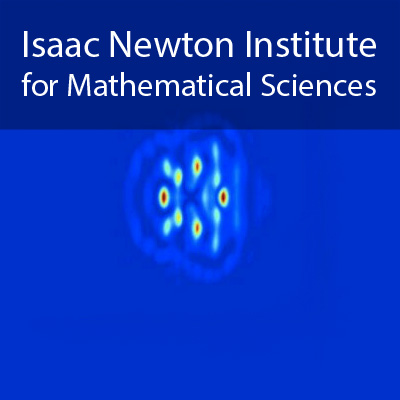Dynamics of critical layer in turbulent shear flows above unsteady water waves
Duration: 58 mins 53 secs
Share this media item:
Embed this media item:
Embed this media item:
About this item

| Description: |
Sajjadi, S (Embry-Riddle)
Thursday 17 July 2014, 15:00-16:00 |
|---|
| Created: | 2014-07-21 12:42 |
|---|---|
| Collection: | Theory of Water Waves |
| Publisher: | Isaac Newton Institute |
| Copyright: | Sajjadi, S |
| Language: | eng (English) |
| Distribution: |
World
|
| Explicit content: | No |
| Aspect Ratio: | 16:9 |
| Screencast: | No |
| Bumper: | UCS Default |
| Trailer: | UCS Default |
| Abstract: | Turbulent flow over unsteady monochromatic and Stokes waves has been investigated for various wave steepness ka and wave age cr/U∗ using a Differntial Second-Moment (DSM) closure turbulence model. Also presented is DSM simulation of flow over steady monochromatic waves of different wave steepness for comparision with Direct Numerical Simulation (DNS) reported by Sullivan et al. (2000). It is shown that there is a good agreement between results obtained from DNS and DSM simulations. For the simulations of unsteady waves, the growth factor kci is derived from a quadratic secular equation in complex phase speed c, obtained at the air-sea interface, whose solution leads to two wave speeds c1 and c2. The wave speed c1 corresponds to free-surface waves damped by viscous stresses in the boundary layers at the interface, whilst the wave speed c2 is associated with Tollmien-Schlichting instabilities in the shear airflow over the surface wave. It is shown that the wave growth through the complex phase speed c1 is finite and waves do not become sharp-crested, therefore waves are unlikely to break. However, when the complex wave speed c2 is adopted, for growth of Stokes waves, the waves rapidly peak and become sharp-crested. As the wave becomes relatively steep a secondary vortical motion is induced around the wave crest with a region of high pressure behind and low pressure ahead of the crest. This pressure asymmetry will very likely to cause the wave to break. It is also observed that as the wave grows and becomes steeper the critical layer elevates from the inner to the middle layer. Consequently, the cat's-eye become more and more asymmetrical and dramatically affects the flow field above the wave. Furthermore, at relatively high steepness, flow separation is observed in the lee of the wave. Also, in simulations reported here, the effect of non-separating sheltering is seen to be pronounced since the boundary layer is perturbed and thickeness on the leeside of the crest due to turbulent shear stress in the inner region. It is therefore argued that the wave growth is due to combined interactions between the elevated critical layer, the non-separated sheltering, and turbulence. From numerical results obtained, a new parametrization for the energy-transfer parameter is derived which agrees well with that obtained by Belcher & Hunt (1993) for slow moving waves and has the salient features of those evaluated numerically and asymptotically for intermidiate as well as fast moving waves. From the colective accounts of results of numerical simulations reported here, it is concluded that the critical layer has dynamical effect, and plays a crucial role, in shear flows over unsteady water waves. |
|---|---|
Available Formats
| Format | Quality | Bitrate | Size | |||
|---|---|---|---|---|---|---|
| MPEG-4 Video | 640x360 | 1.94 Mbits/sec | 857.30 MB | View | Download | |
| WebM | 640x360 | 671.01 kbits/sec | 289.39 MB | View | Download | |
| iPod Video | 480x270 | 522.01 kbits/sec | 225.13 MB | View | Download | |
| MP3 | 44100 Hz | 249.77 kbits/sec | 107.81 MB | Listen | Download | |
| Auto * | (Allows browser to choose a format it supports) | |||||

